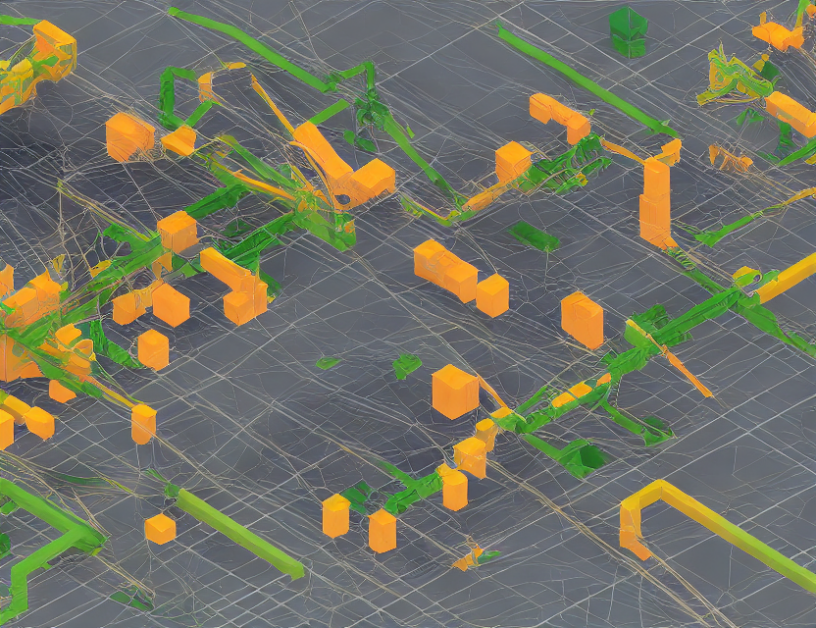Systematic literature reviews are a crucial part of academic research, as they help us understand the existing knowledge in a particular field and identify gaps for future studies. However, conducting a systematic review can be challenging, especially when it comes to selecting relevant studies and evaluating their quality. In this article, we will provide a step-by-step guide on how to conduct a systematic literature review, including the selection process, data extraction, analysis, and synthesis.
Step 1: Selection Process
The first step in conducting a systematic literature review is to select relevant studies. We followed a structured search strategy that included automatic searching using the Scopus Database, snowballing, and manual searching. The selection process was iterative, with each round of selection narrowing down the list of studies until we reached the final set of articles.
Imagine you are looking for a specific recipe in a vast cookbook collection. Just like how you would use different search strategies to find the right recipe, we used various methods to identify relevant studies for our review. We started with an automatic search using the Scopus Database, which is like searching through a large database of cookbooks. Then, we performed snowballing, which is like asking experts in the field for recommendations on other useful cookbooks to include in your search. Finally, we conducted a manual search by reviewing the references of the selected studies and identifying additional relevant articles.
Step 2: Data Extraction and Analysis
Once we had identified the relevant studies, we extracted data from each article using a standardized form. The data extraction process involved collecting information on study characteristics, such as author, publication year, and sample size, as well as the methodology used in each study. We analyzed the data to identify patterns and trends across the studies.
Think of data extraction as gathering ingredients for your recipe. Just like how you need to collect all the necessary ingredients before starting to cook, we needed to extract relevant information from each study before analyzing it. The analysis process is like combining the ingredients in different ways to create a new dish. In our case, we combined the data from multiple studies to identify common patterns and trends.
Step 3: Synthesis and Interpretation
After analyzing the data, we synthesized the findings by grouping similar studies together and identifying the main themes and conclusions. We also interpreted the results in light of existing theory and identified gaps for future research.
Imagine you are creating a recipe book with different dishes from various cookbooks. Synthesis is like combining different recipes into a new cookbook that presents a comprehensive overview of the culinary world. In our case, we combined the findings from multiple studies to create a comprehensive overview of the state of software engineering research.
Conclusion
In conclusion, conducting a systematic literature review involves several steps, including selection, data extraction, analysis, and synthesis. By following these steps, researchers can ensure that their review is comprehensive, unbiased, and rigorous, providing valuable insights into the existing knowledge in a particular field. Remember, conducting a systematic literature review is like cooking a meal for your colleagues – it takes time and effort, but the end result is worth it!



